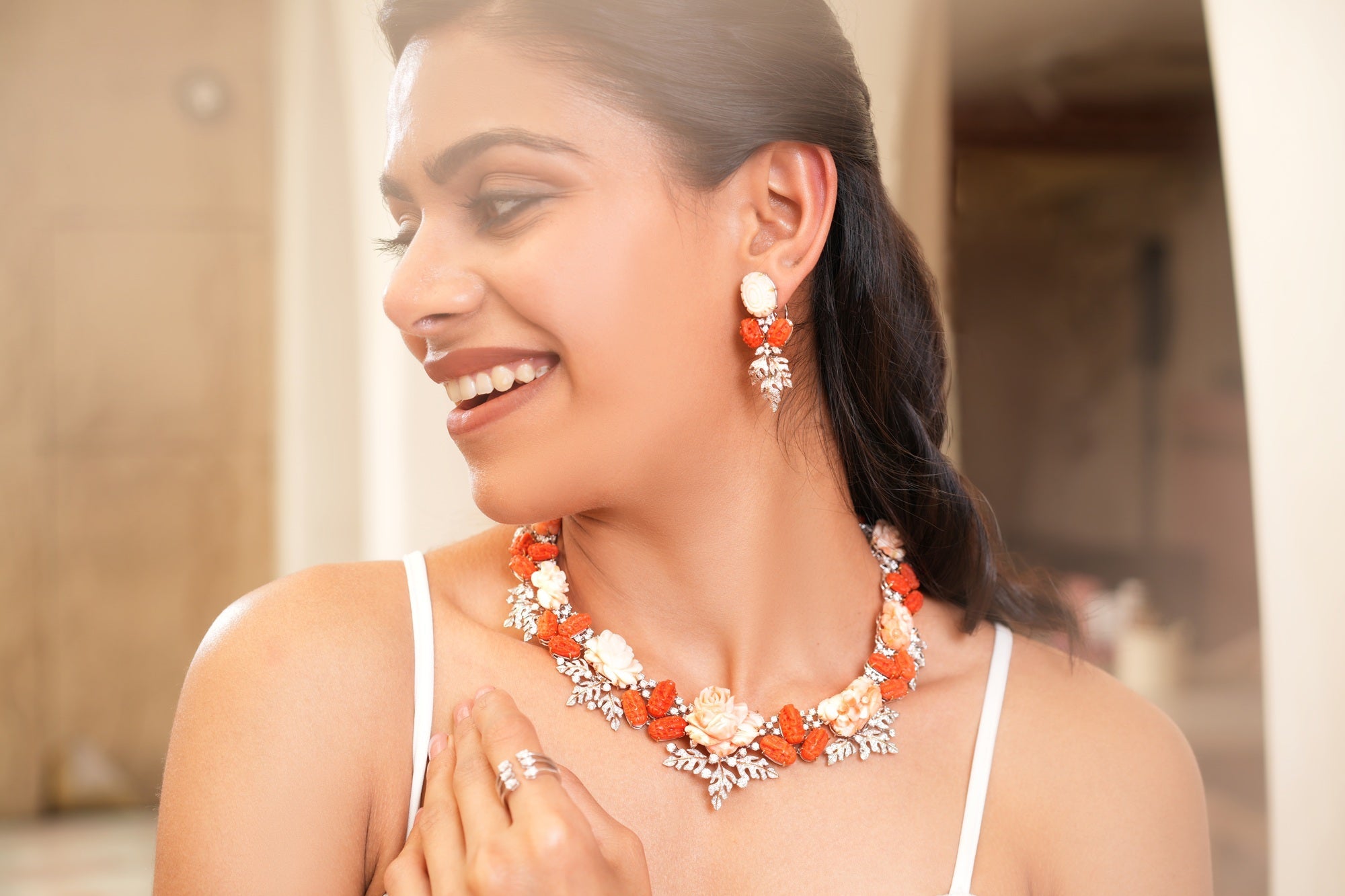A diamond guide can be incredibly helpful when you're looking to buy diamonds, as it breaks down all the key factors to consider to ensure you make an informed decision. Here’s a breakdown of the most important aspects to keep in mind:
1. The 4 Cs of Diamonds
Diamonds are graded based on four key characteristics, often referred to as the "4 Cs":
• Cut: The cut refers to how well the diamond has been shaped and faceted. It impacts the diamond's brilliance (how much it sparkles). The better the cut, the more beautiful the diamond will look, regardless of its size or color. The cut is graded from Excellent to Poor.
• Color: Diamonds come in a range of colors, from colorless to light yellow or brown. The less color, the more valuable the diamond. Color is graded on a scale from D (colorless) to Z (light yellow or brown).
• Clarity: Clarity refers to the presence of imperfections (inclusions) or blemishes on the
diamond. The fewer the inclusions and blemishes, the higher the clarity grade. It’s graded from Flawless (no inclusions or blemishes visible under 10x magnification) to Included (inclusions are visible to the naked eye).
• Carat Weight: This measures the size of the diamond. Larger diamonds are typically more valuable, but size alone doesn’t determine a diamond’s quality. It’s important to consider carat weight in conjunction with the other Cs.
2. Diamond Shapes
Diamonds come in various shapes, and the one you choose will depend on personal preference and style. Some popular shapes include:
• Round: The most popular and timeless shape. Known for maximizing brilliance.
• Princess: Square or rectangular with pointed corners. Modern and stylish.
• Cushion: Square or rectangular with rounded corners. A vintage, romantic feel.
• Emerald: Rectangular with trimmed corners. Known for its clean lines and elegant look.
• Oval: Similar to round, but with an elongated shape. Can appear larger than a round
diamond of the same carat weight.
• Asscher: Similar to emerald but square, with a deep, vintage look.
• Marquise: Football-shaped, with pointed ends. Maximizes carat weight visually.
• Heart: A symbol of love, often used for engagement rings.
3. Diamond Certification
When buying a diamond, it’s important to look for certification from a reputable grading
organization like the Gemological Institute of America (GIA) or International Gemological Institute\ (IGI),HRD Certification ensures the diamond has been graded by an unbiased professional based on the 4 Cs
4. Diamond Settings
The setting refers to how the diamond is mounted into the jewelry. The right setting enhances the beauty of the diamond while protecting it. Common settings include:
• Prong Setting: A classic setting with metal prongs holding the diamond in place, allowing maximum light exposure.
• Bezel Setting: A metal rim that surrounds the diamond, offering more protection.
• Pavé Setting: Small diamonds set closely together with tiny prongs or no prongs, creating a continuous sparkle.
• Tension Setting: The diamond is held in place by pressure, giving it a floating appearance.
5. Price Considerations
Diamond prices vary based on the 4 Cs, but market conditions also play a role. It's always a good idea to compare diamonds of similar quality before making a decision. Additionally, keep in mind that branded or designer diamonds can come at a premium.
6. Choosing the Right Diamond for You
Choosing the right diamond depends on:
• Your budget: Decide how much you're willing to spend and stick to it.
• Your style preferences: Think about whether you prefer traditional, modern, or vintage looks.
• The occasion: An engagement ring, anniversary gift, or personal purchase may all have different preferences in terms of size, style, and symbolism.
Tips for Buying a Diamond:
• Educate yourself on the 4 Cs before you start shopping.
• Work with a trusted jeweler who offers certification and a return policy.
• Ask for multiple diamond options to compare.
• Trust your instincts: Choose a diamond that feels right for you, both in terms of quality and aesthetics




